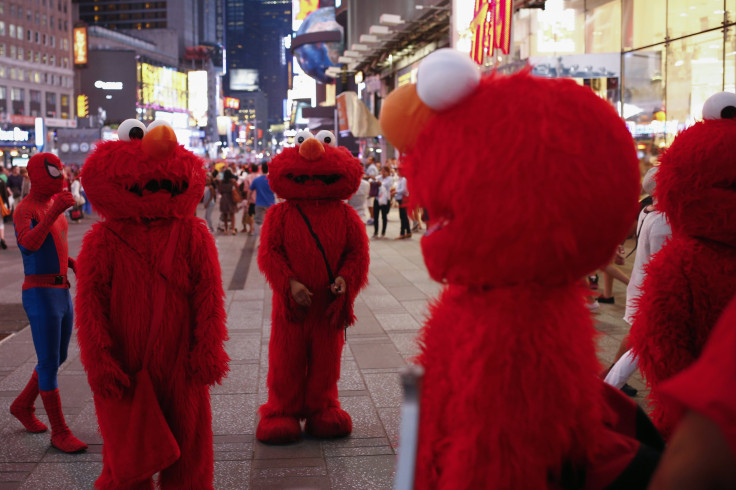World Tourism Day 2015: Facts About The Day That Celebrates Going On Vacation

The next time you’re walking through New York City's Times Square and a life-size version of Elmo, Mickey Mouse or Donald Duck blocks your way home, you can thank the trillion-dollar tourism industry for your plight. But it’s not all bad.
World Tourism Day, which falls on Sept. 27 annually and is celebrating its 35th year in 2015, was conceived by the United Nations to celebrate one of the world’s most important industries. In 2013, the most current year for which statistics are available, the tourism industry generated more than $7.58 trillion, which keeps millions of people in jobs, taxes flowing to governments and enables economies around the globe to flourish. More than a billion people were tourists in 2013, a figure that is expected to continue to rise long into the future.
More than half of all tourists hailed from Europe, while China represented 11.1 percent of the entire market in 2013. The hotel industry generated $457 billion in sales that year.
But tourism is about more than money and jobs. When World Tourism Day was established at the third session of the U.N. World Trade Organization General Assembly in 1979, it was seen as a milestone within the international community and demonstrated the important social, cultural, political and economic effects of travel worldwide.
“Every time we travel, for whatever reason, we are part of a global movement; a movement that has the power to drive inclusive development, create jobs and build the sustainable societies we want for our future; a movement that builds mutual understanding and can help us safeguard our shared natural and cultural heritage,” noted the U.N. World Tourism Organization Network, underlining the founding values of the day.
Sept. 27 was chosen as the day because it comes at the end of tourism's high season in the Northern Hemisphere and the beginning of the holiday season in the Southern Hemisphere.
© Copyright IBTimes 2025. All rights reserved.






















